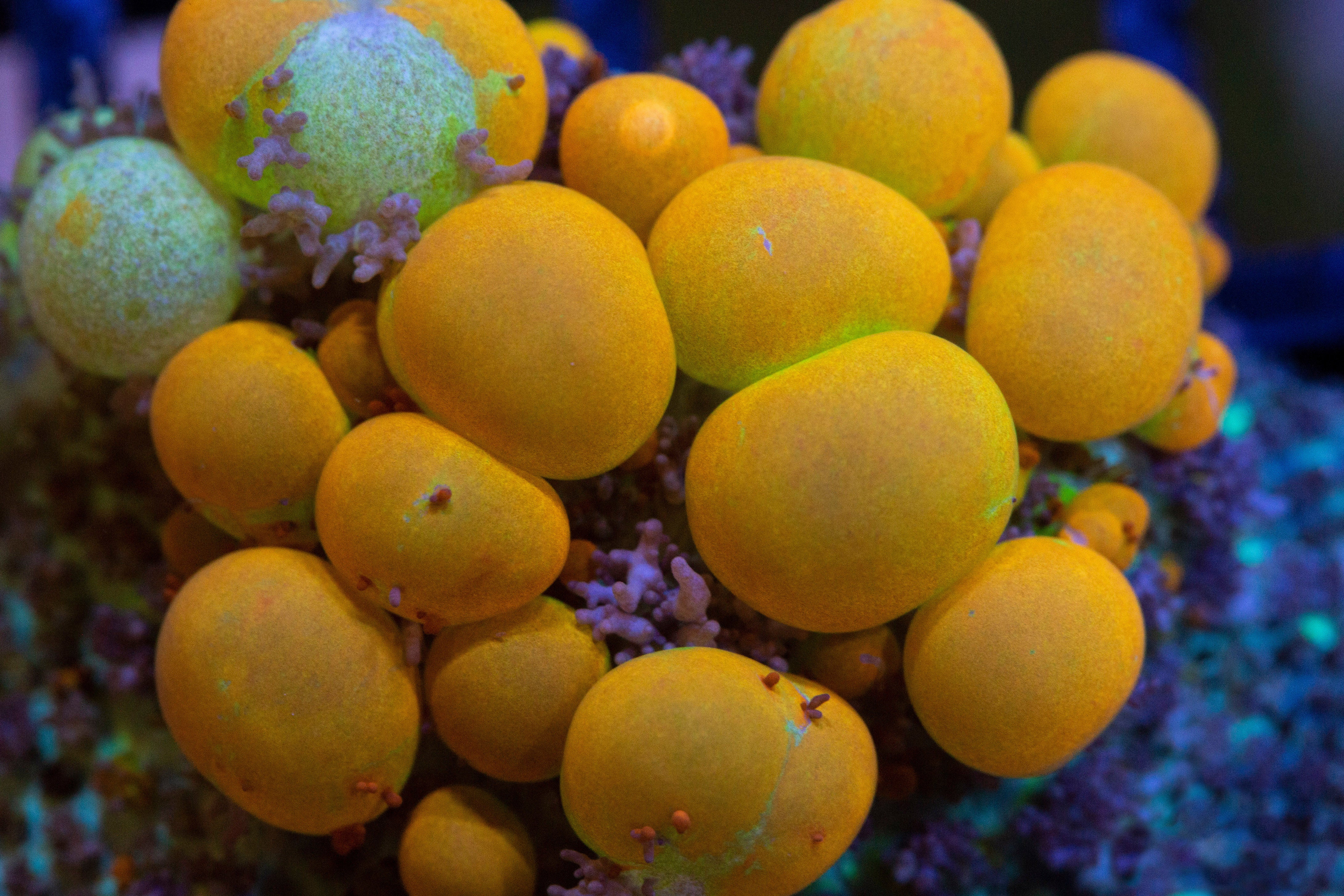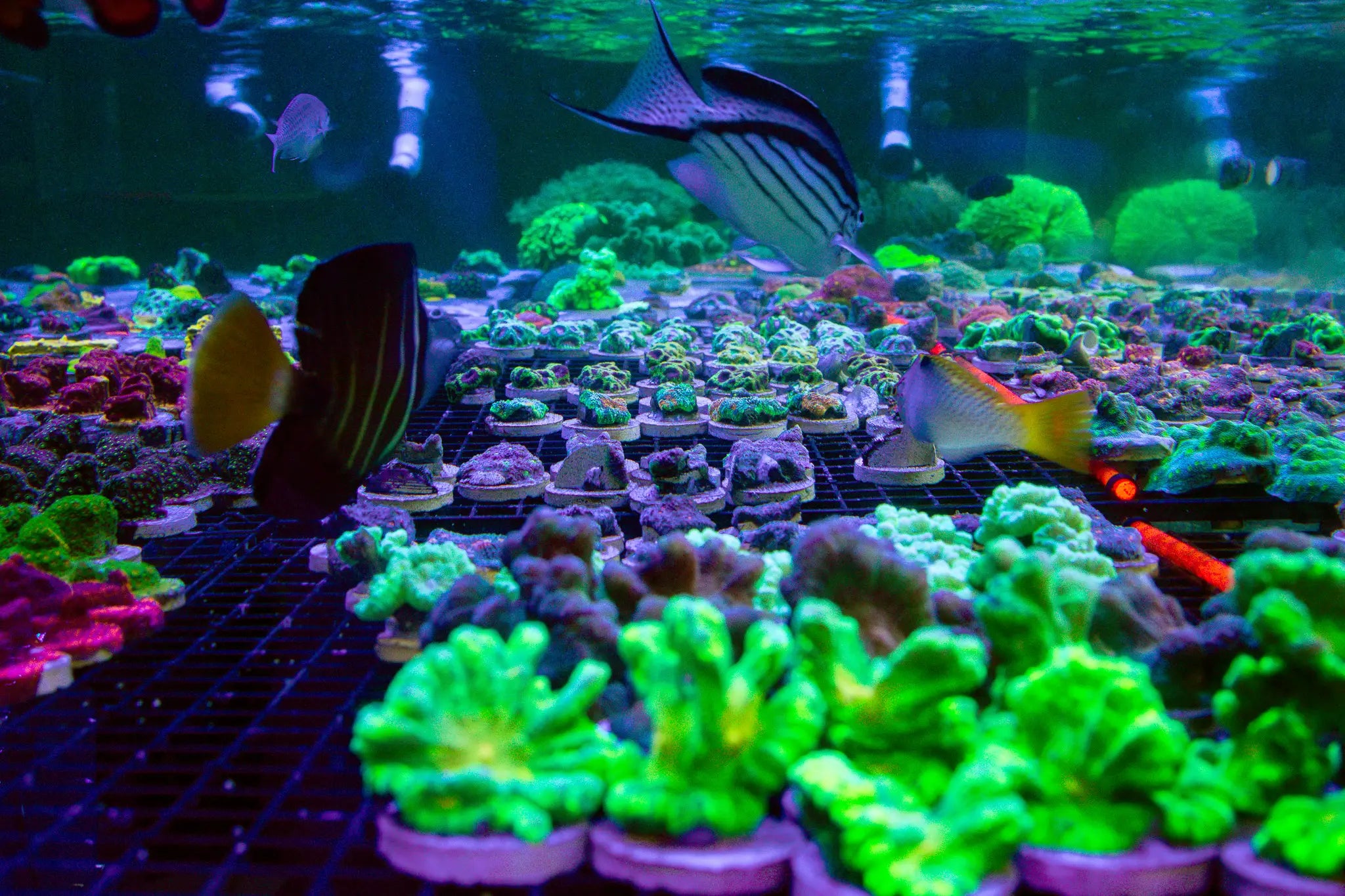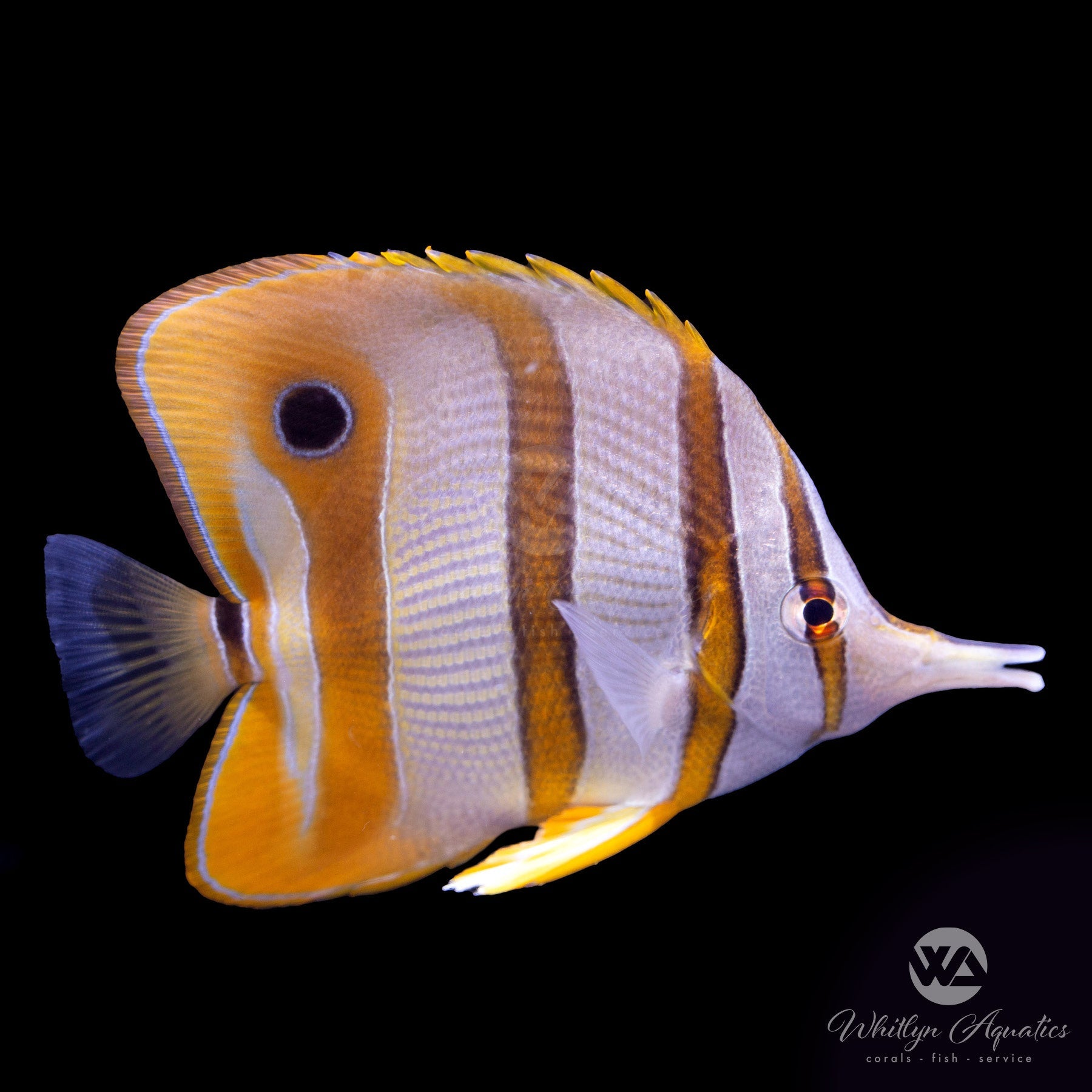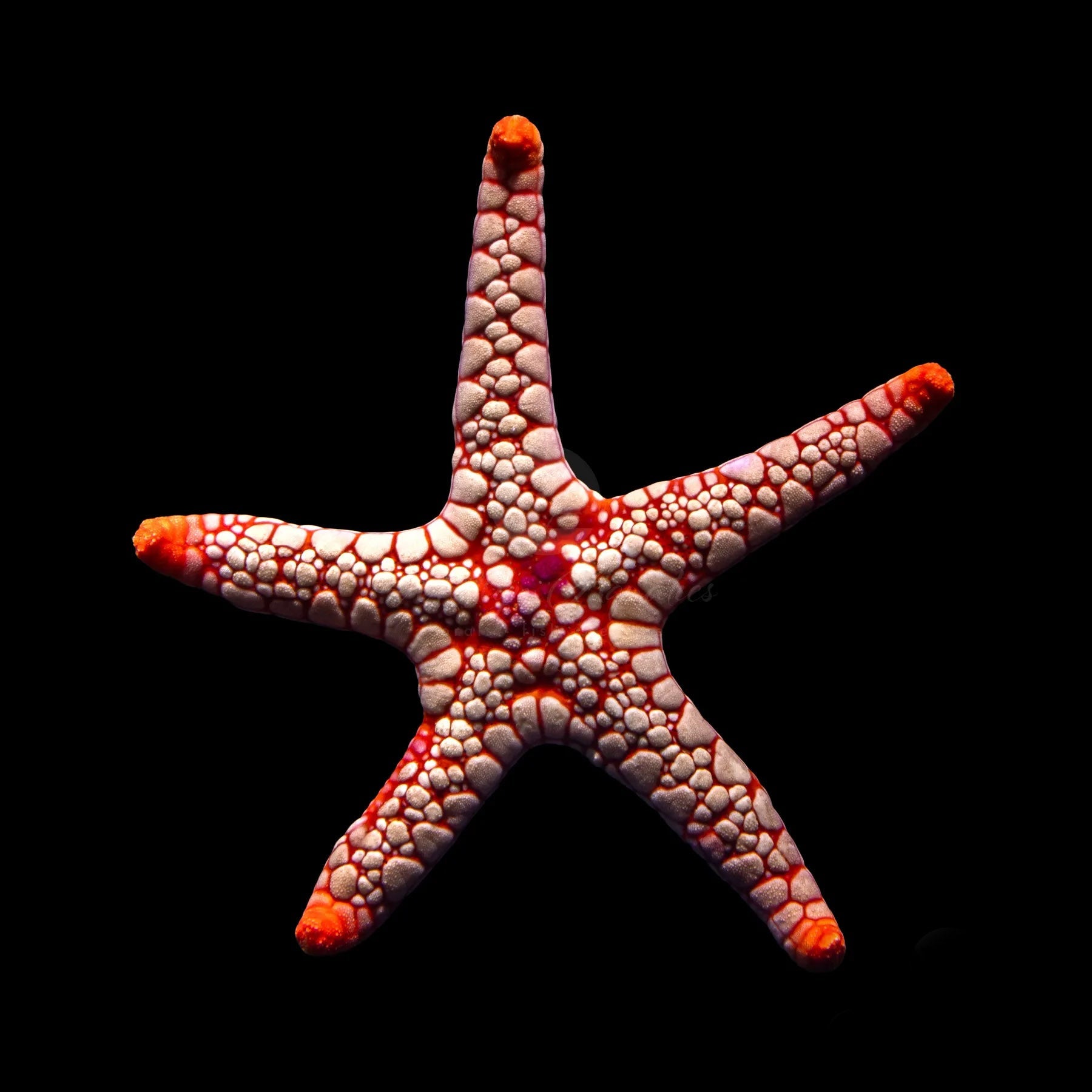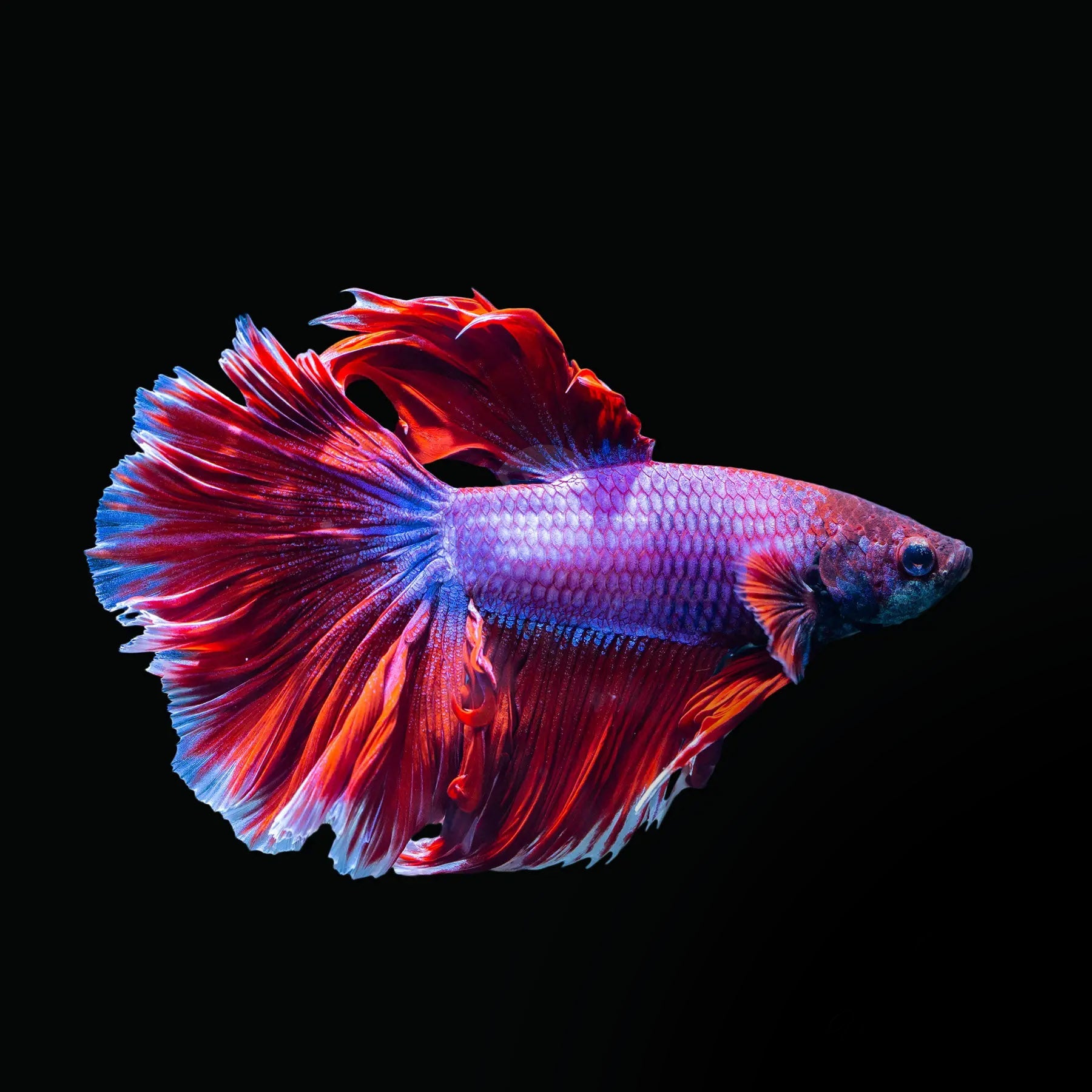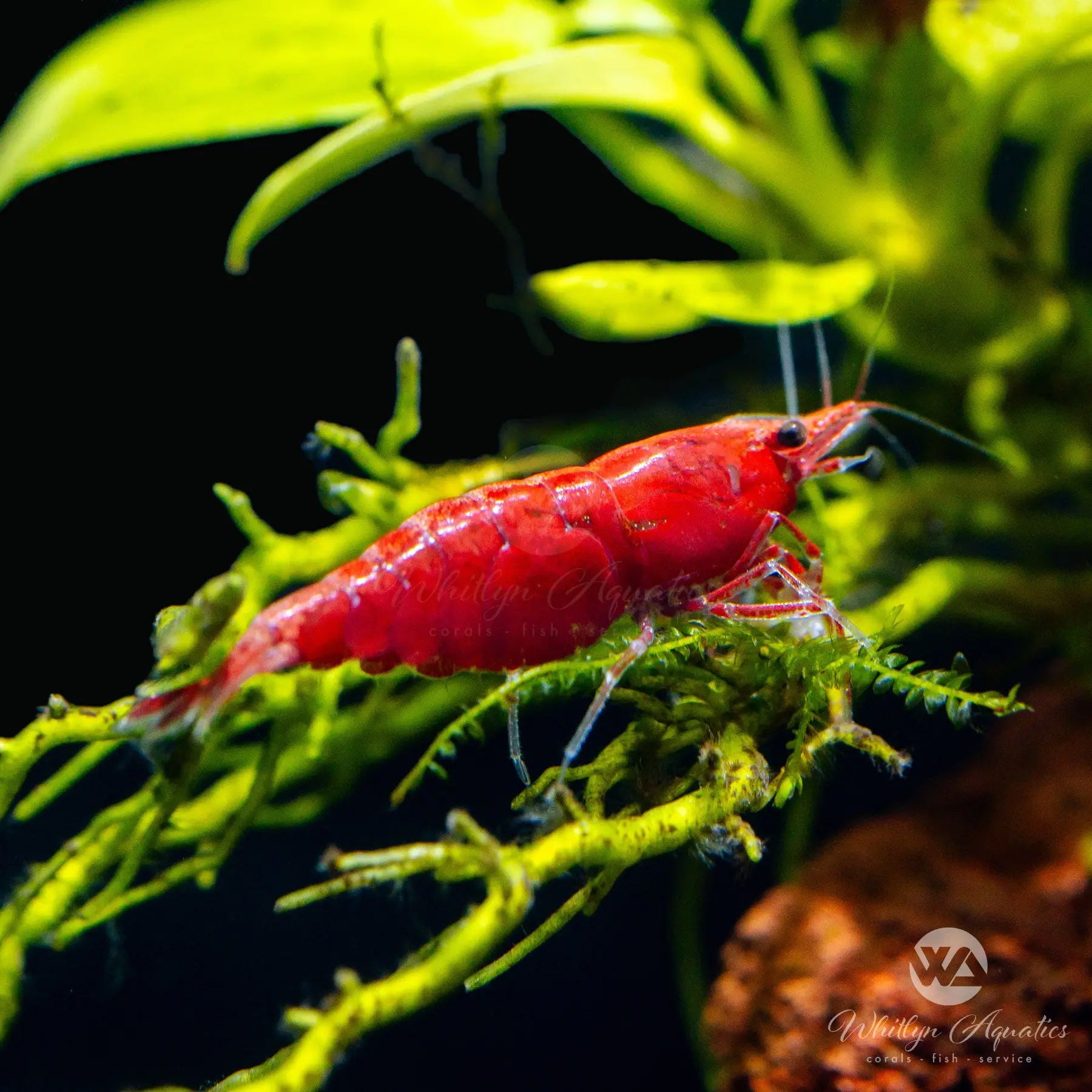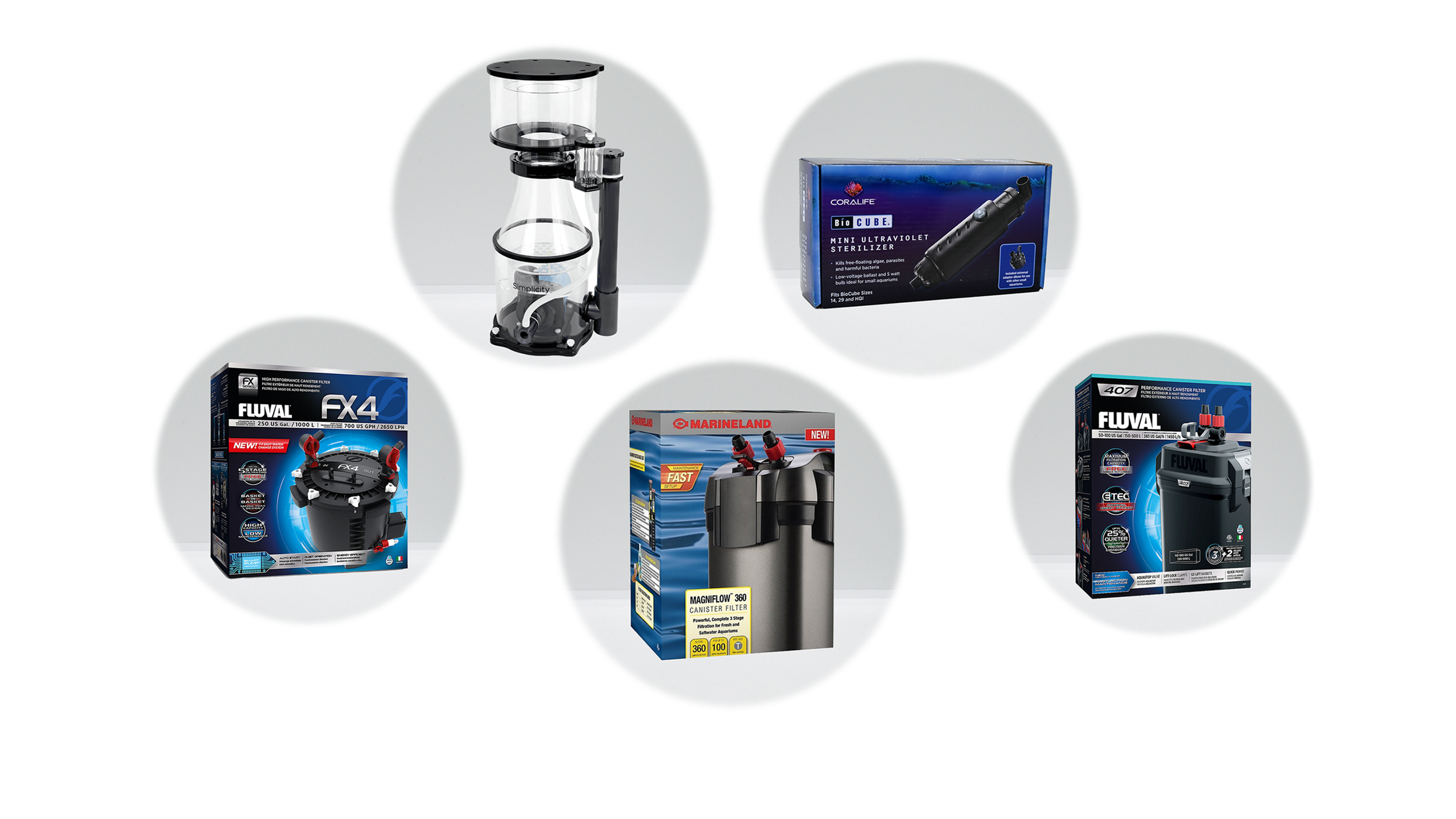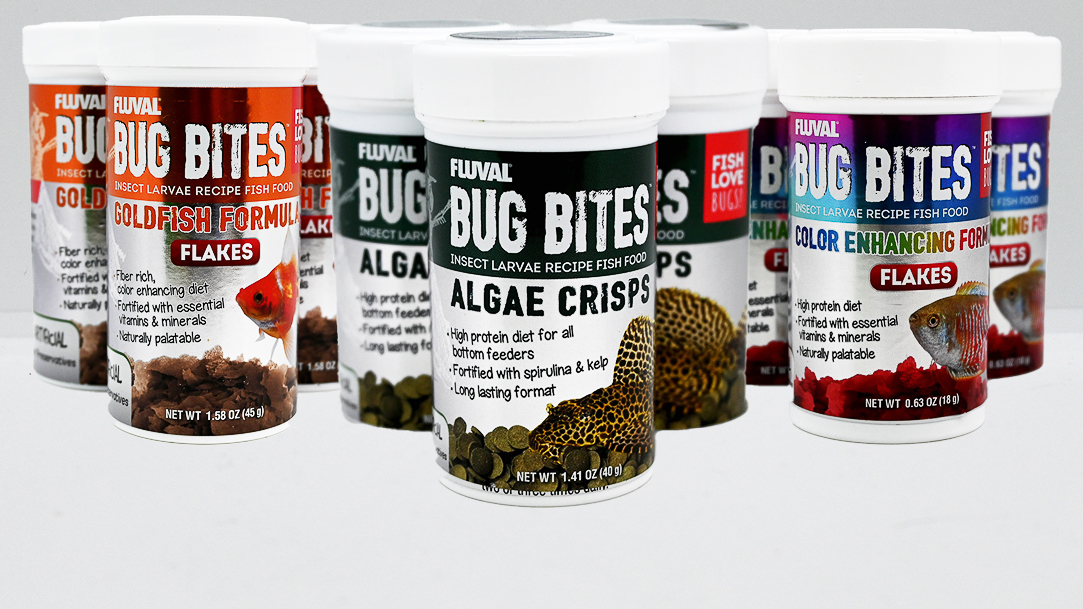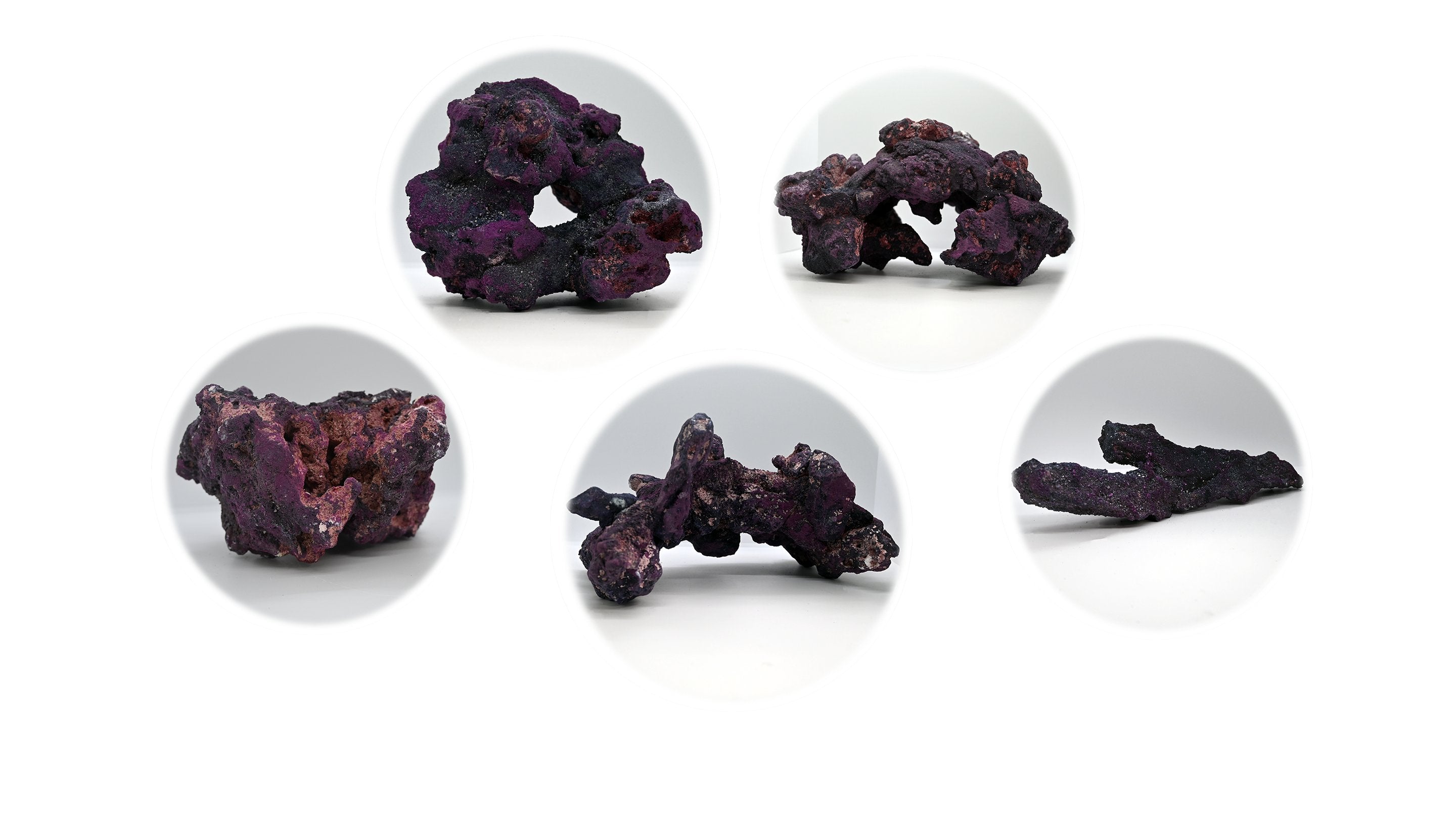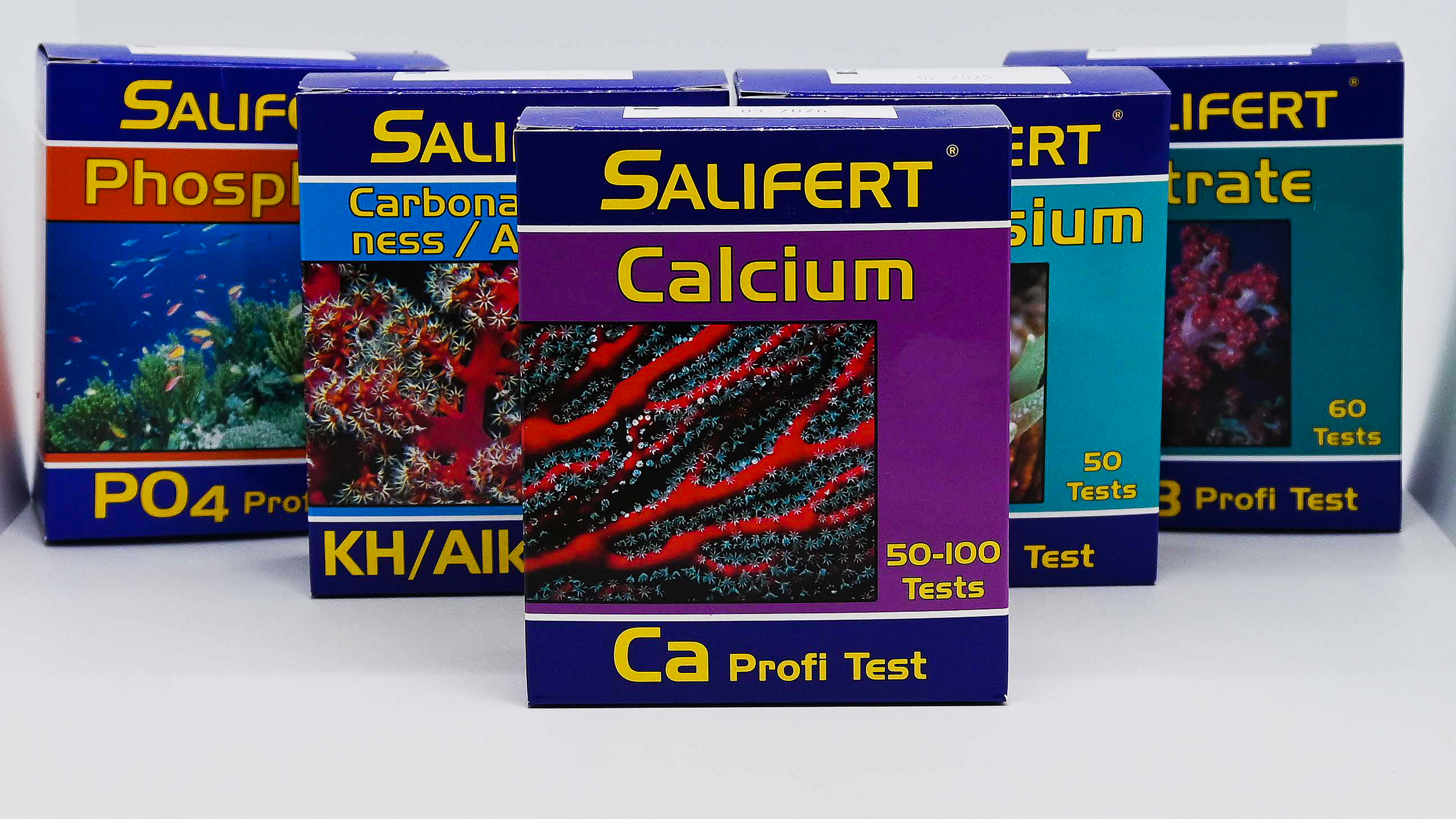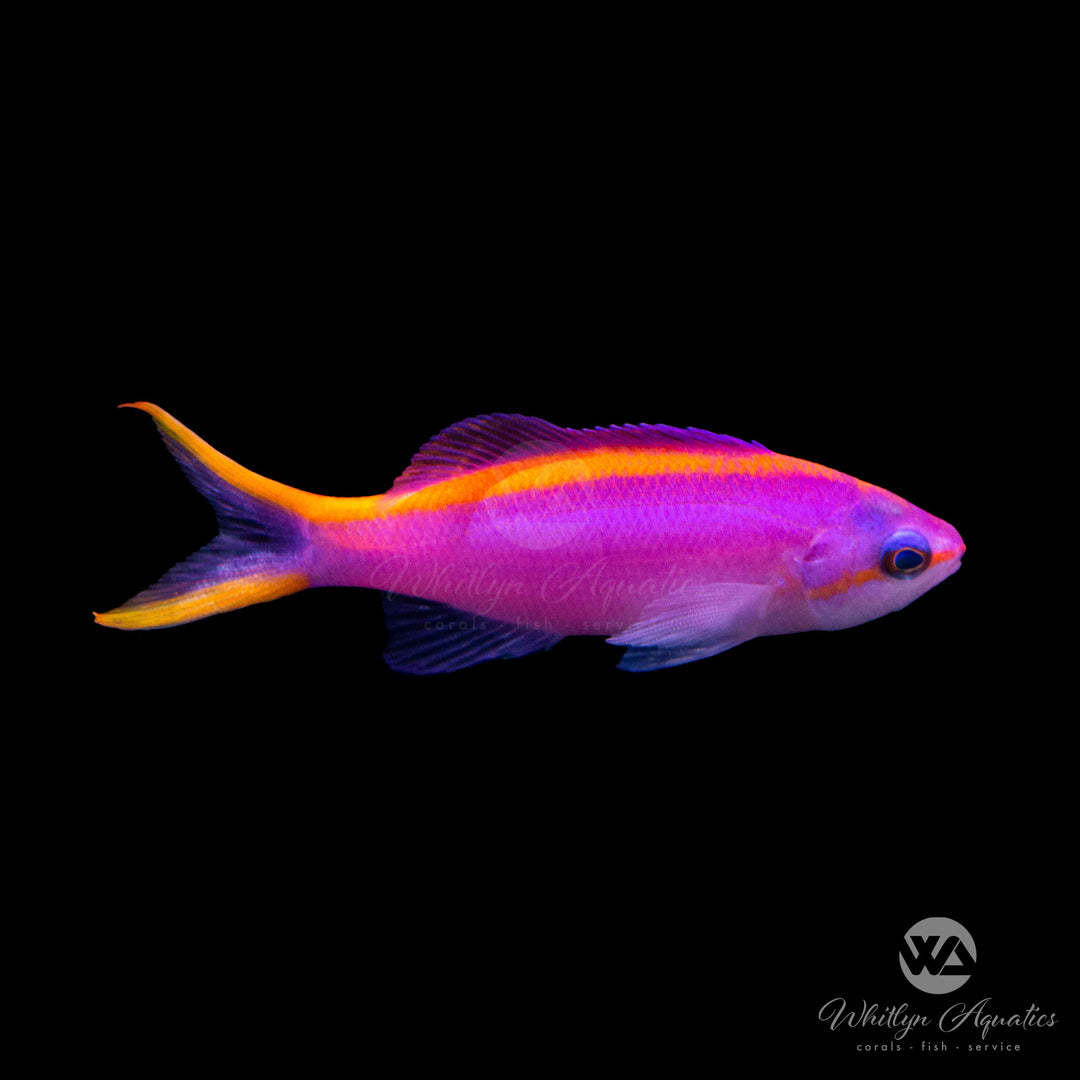
Purple Queen Anthias - Pseudanthias tuka
- In stock, ready to ship
- Backordered, shipping soon
The Purple Queen Anthias (Pseudanthias tuka), also known as the Tuka Anthias, is a vibrant and active reef fish prized for its striking purple coloration and dynamic schooling behavior. This species adds movement and color to mid- to upper-level areas of reef aquariums and thrives in well-established, peaceful communities.
Common Name: Purple Queen Anthias, Tuka Anthias
Scientific Name: Pseudanthias tuka
Family: Serranidae
Size: Up to 4 inches (10 cm)
Temperament: Peaceful
Difficulty: Moderate-Hard
Reef Safe: Yes
Native Region: Found throughout the Indo-Pacific, including Indonesia, the Philippines, and Papua New Guinea, typically inhabiting outer reef slopes and drop-offs with strong currents.
Tank Size: Minimum of 70 gallons
Temperature: 74–80°F (23–27°C)
pH: 8.0–8.4
Salinity: 1.023–1.025
Substrate: Live rock aquascape with open swimming areas; provides mid- to upper-level water column space for schooling behavior.
• Schooling: Best kept in groups of 6 or more to encourage natural behavior and reduce stress.
• Diet: Carnivorous—feed small meaty foods such as mysis shrimp, brine shrimp, and high-quality marine pellets.
• Behavior: Peaceful and active; adds constant motion to the tank.
• Tankmates: Compatible with other peaceful reef fish; avoid aggressive or highly territorial species.





